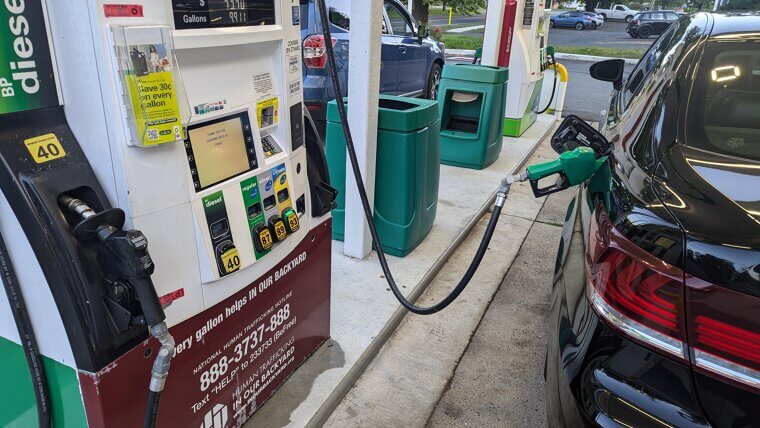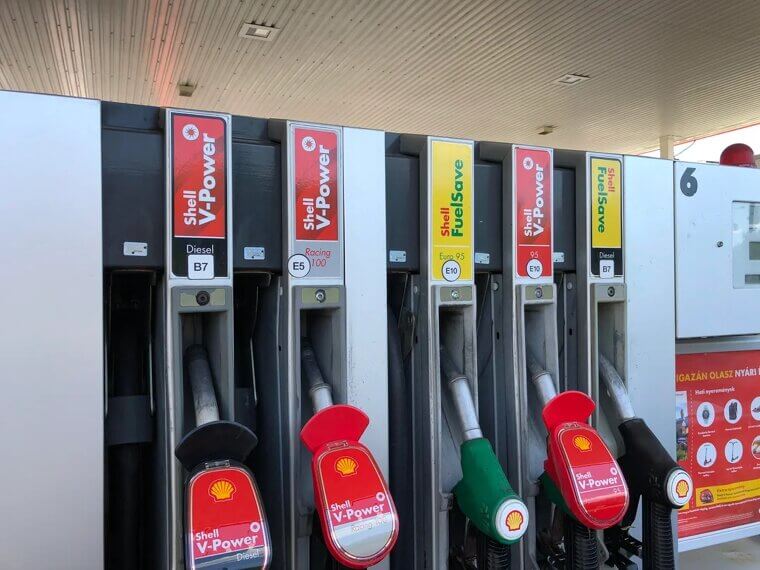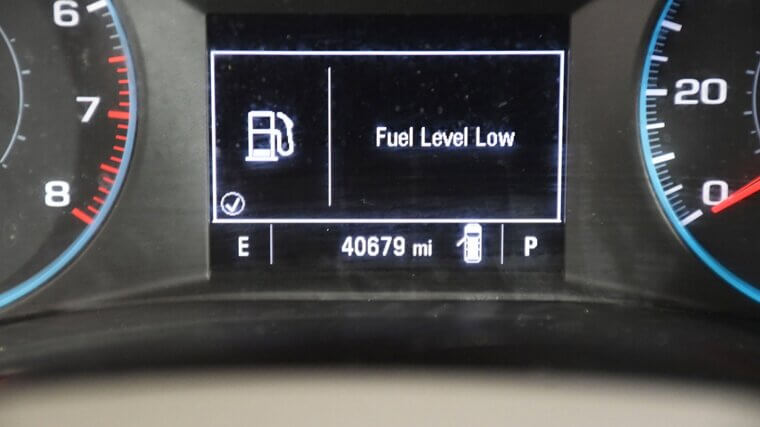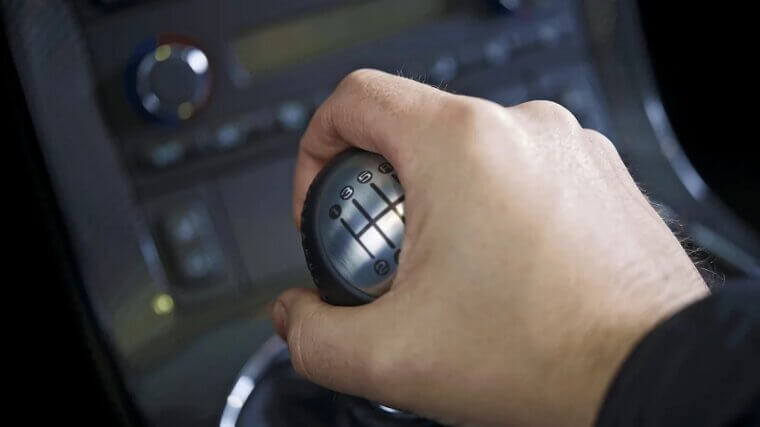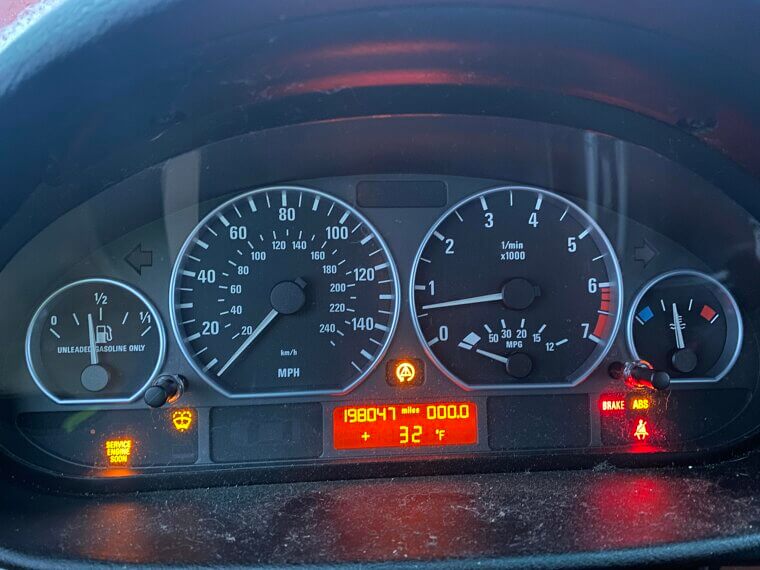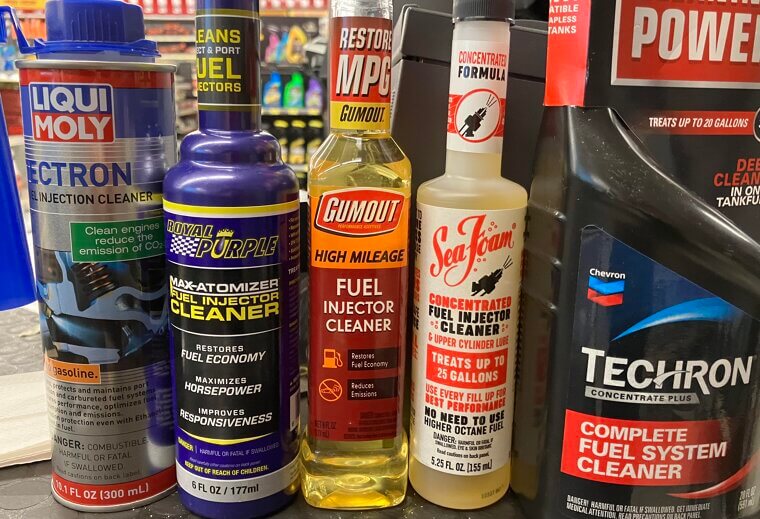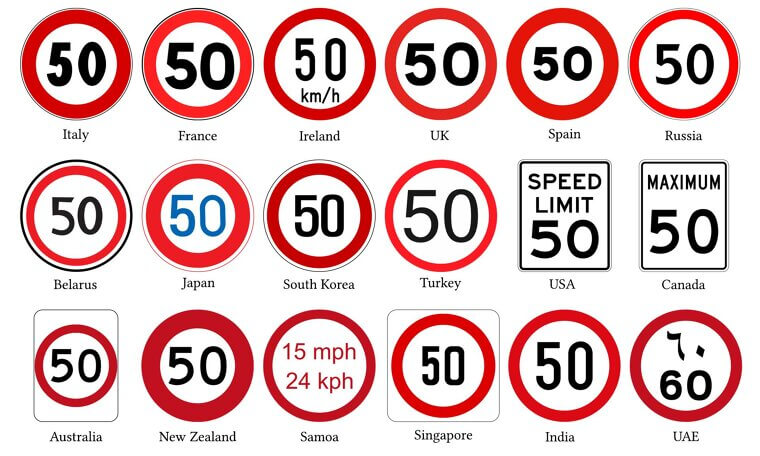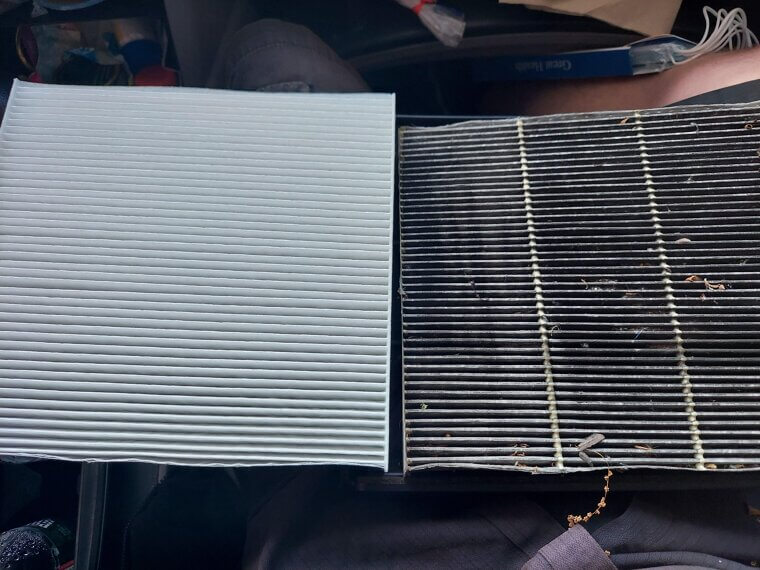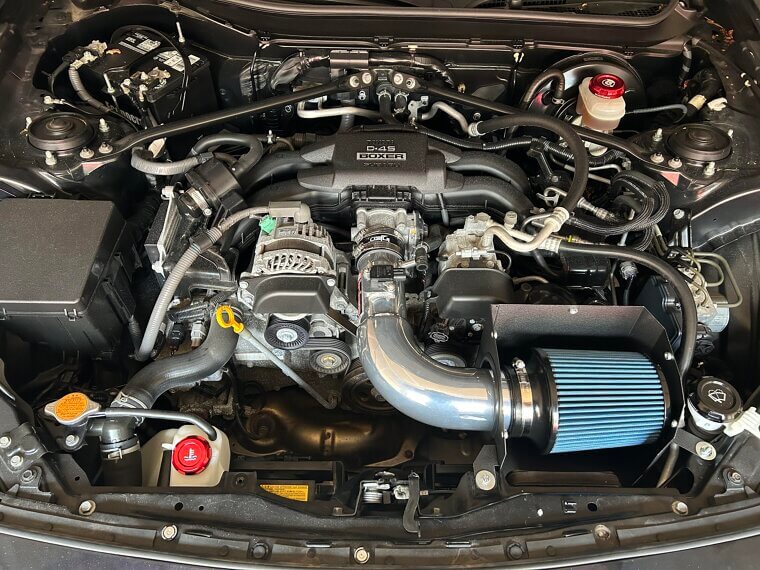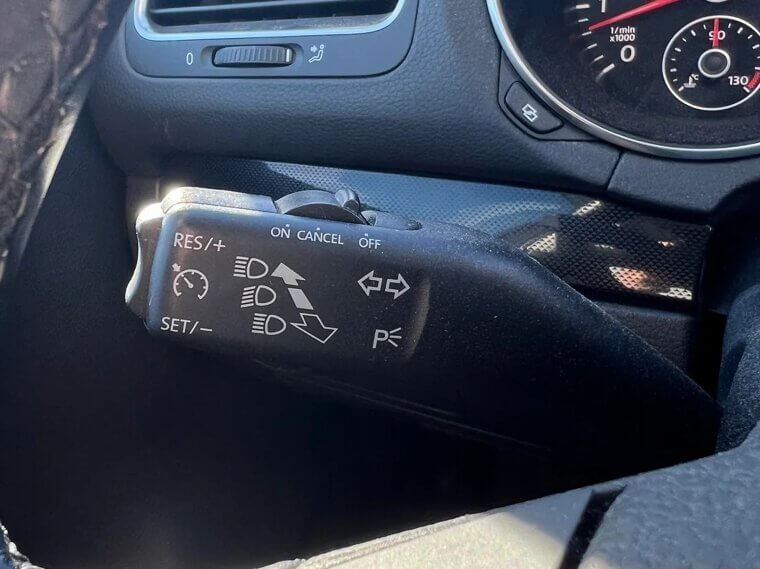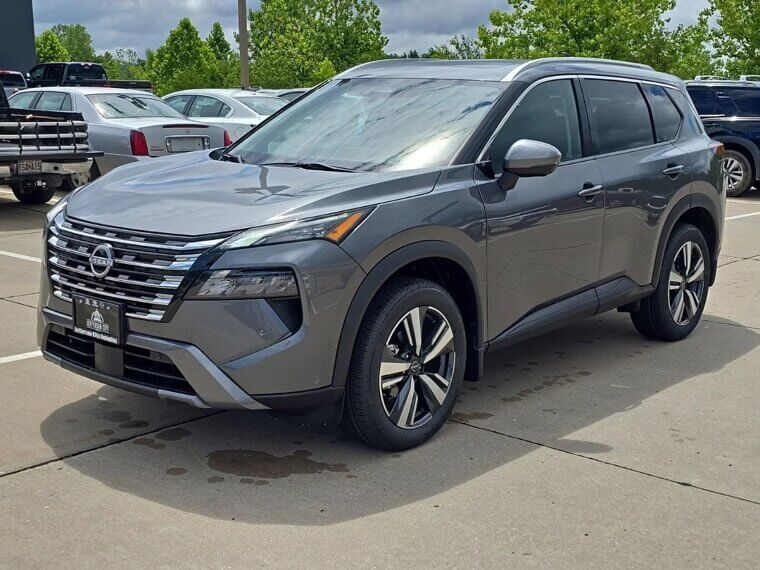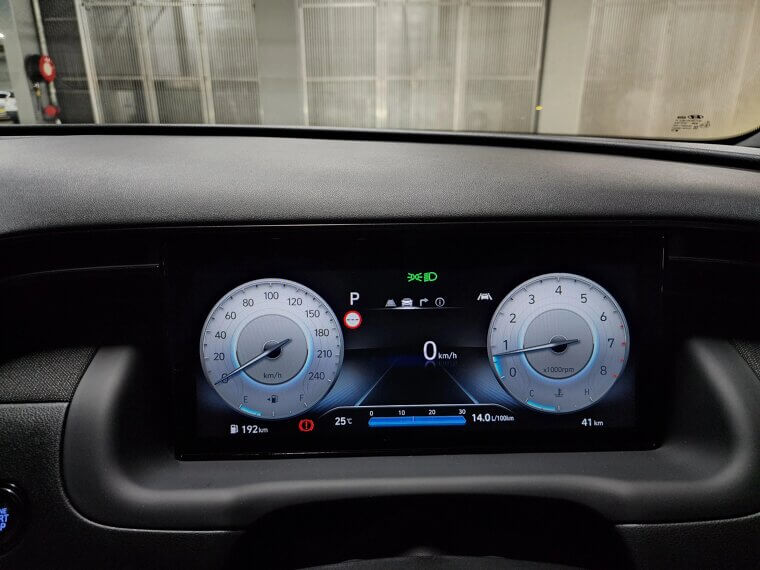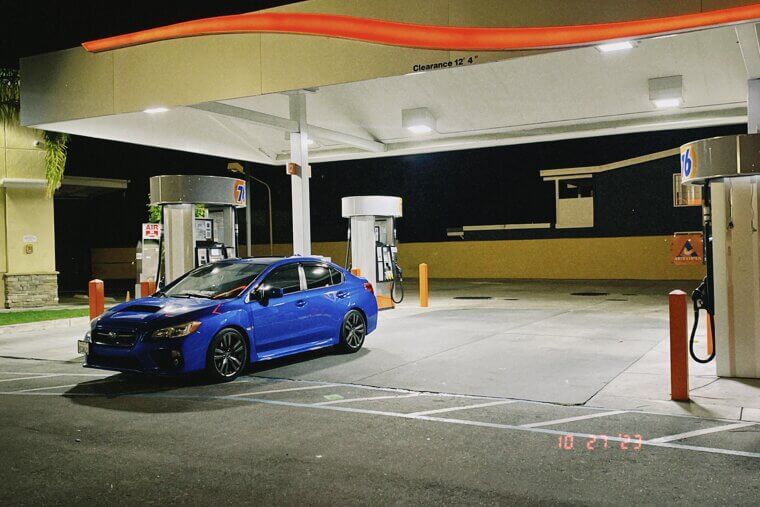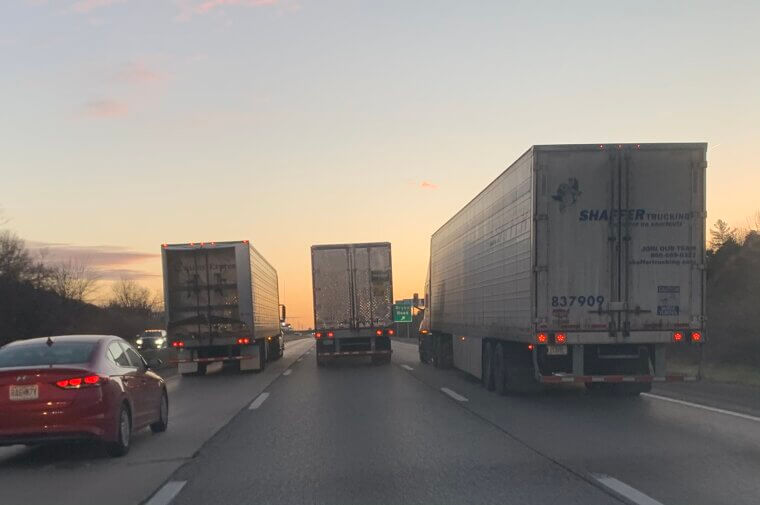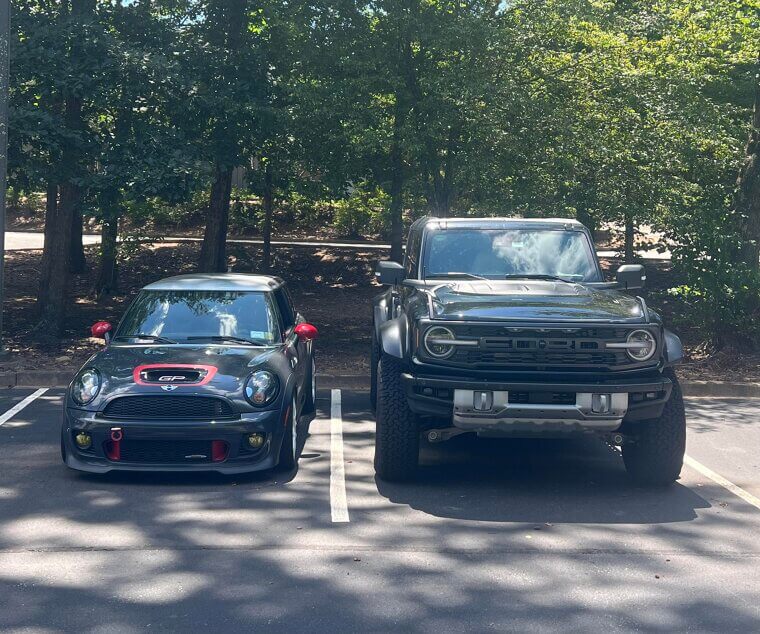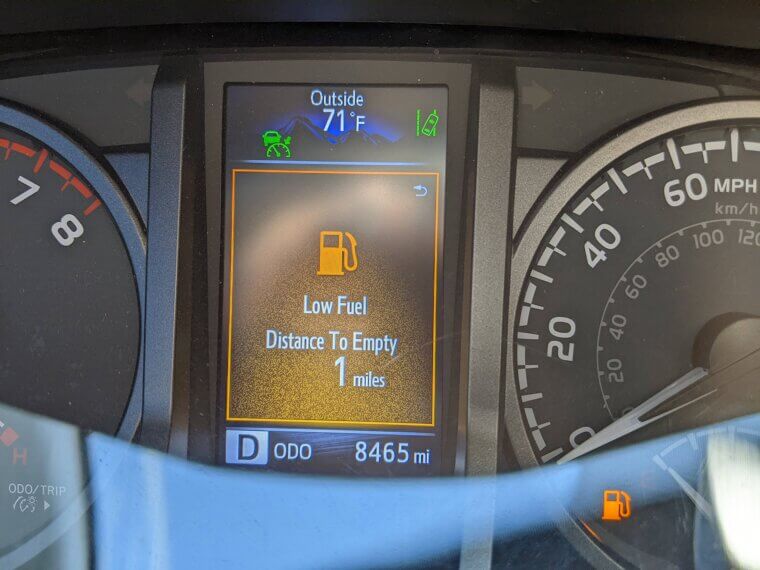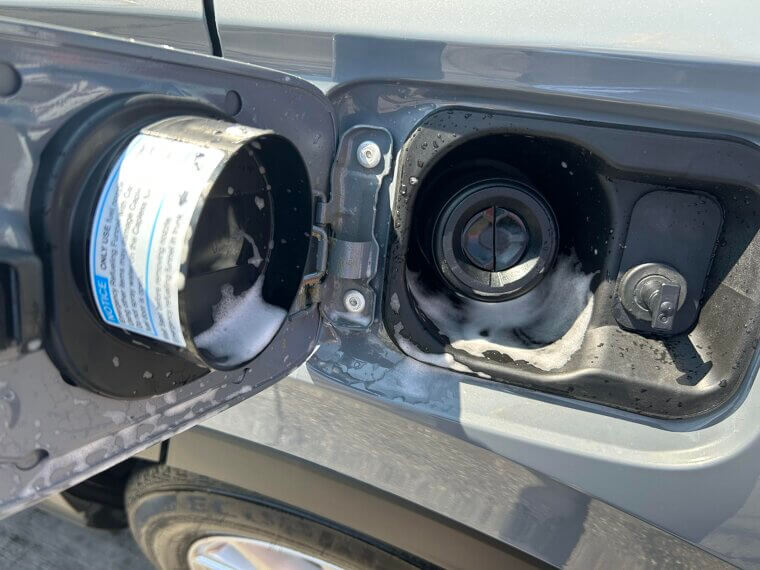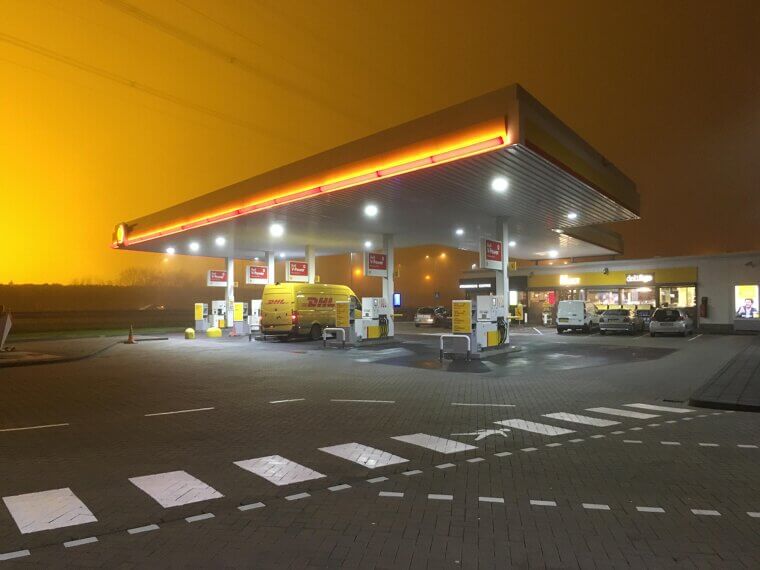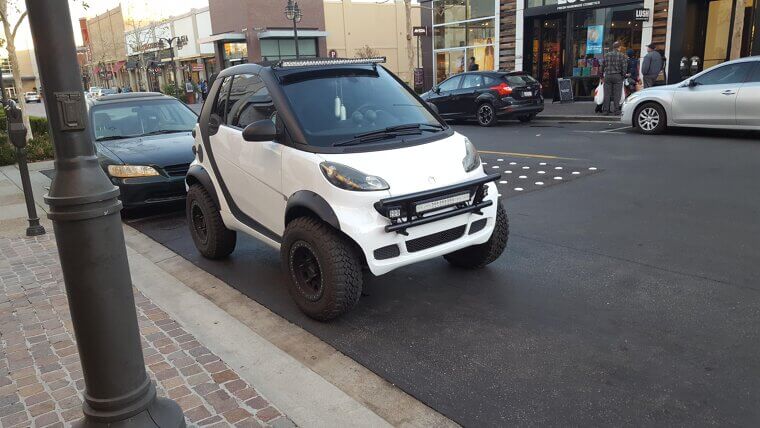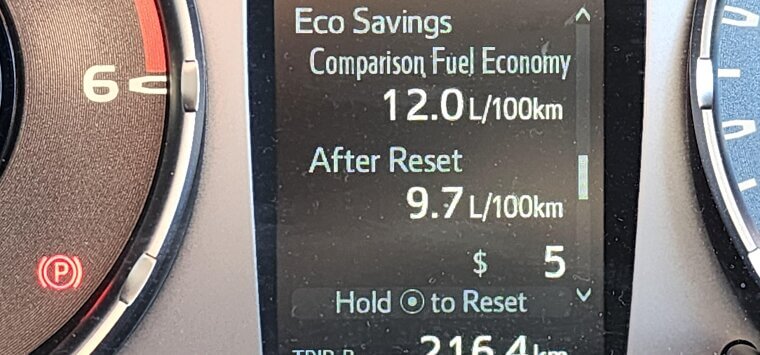The Truth and Lies About Fuel Myths
Do you think you’re saving gas by driving with the windows down or filling up early in the morning? Think again! We’re ready to bust some of the most common fuel myths drivers still believe - and find out what really works. Let’s set the record straight.
Myth 1: Premium Fuel = Better Performance
Unless your car’s manual specifically says it needs premium fuel, regular gas will do just fine. You’re not giving your car a treat - just your wallet a hit. Most engines are built to handle regular unleaded fuel, and you probably won’t notice a single extra horsepower.
Myth 2: Filling Up in the Morning Means More Fuel
This is one of the more common myths people believe, and it’s simply not true. Gas is stored underground, and the temperature stays the same day or night. You definitely aren’t getting more fuel by filling up in the morning.
Myth 3: Manual Cars Are More Fuel Efficient
That used to be true, but times (and automatic cars) have changed. Today’s improved automatic transmissions are incredibly smart and often outperform manuals in terms of fuel efficiency. Thanks to CVTs and better gear shifts, automatics aren’t the gas-guzzlers they once were.
Myth 4: Idling Uses Less Fuel Than Restarting
Sitting still with the engine running burns far more fuel than just turning it off and back on again. If you’re stopped for more than 10 seconds, hit the off switch and take a break. Idling is like tossing gas money out the car window.
Myth 5: Fuel Additives Improve Your Mileage
Most fuel additives sound impressive, but don’t do much for your mileage. Some may help in certain situations, but you won’t see any magic gains. Save your money and focus on regular maintenance instead - it’ll do wonders for your fuel economy.
Myth 6: Turning Off the A/C Saves Fuel
Yes, the A/C does use fuel, but rolling down the windows at high speeds makes your car work harder due to air drag. On the highway, you might actually burn the same or more fuel without A/C. So go ahead and stay cool without the guilt.
Myth 7: Driving Slower Saves Fuel
Did you know there’s a fuel-efficiency sweet spot? It’s usually between 50 to 65 mph. Drive too slow or too fast, and your engine won’t be as efficient. There’s no reason to crawl like a tortoise on the freeway, so just aim for the middle ground.
Myth 8: A Clean Air Filter Boosts MPG
Newer cars have sensors that adjust fuel flow no matter how dirty the air filter is. It’s always a good idea to replace a clogged filter, but don’t expect a huge jump in your MPG either. Just keep your filters clean and keep an eye on those sensors.
Myth 9: You Need to Warm Up Your Engine Before Driving
Modern engines are designed to get going right away. There’s really no need to let the car idle to ‘warm up. This just burns fuel and creates more emissions. Just drive gently for the first few minutes, and your engine will warm up faster and cleaner.
Myth 10: Cruise Control Wastes Fuel
Cruise control actually saves fuel, especially on those flat roads or highways. It keeps your speed steady and avoids unnecessary acceleration. Hit that button the next time you’re on a long drive and let your car do the smooth sailing while saving on gas.
Myth 11: Larger Cars Use More Fuel
This might have been true a few years ago, but today some larger cars are surprisingly fuel-efficient. It really depends on the engine, transmission, and design of the car. Don’t just buy a car based on its size - check its actual mileage per gallon and tech features first.
Myth 12: Topping Off the Tank Adds Extra Miles
Once the pump clicks off, your tank is full. Trying to squeeze in more can mess with your car’s vapor system and even cause leaks. Don’t fight that click - stop pumping and save your fuel system some very unnecessary stress.
Myth 13: All Gas Stations Sell the Same Quality Fuel
Here’s the truth: not all gas is created equal. Top-tier gas contains extra detergents that keep your engine cleaner over time. And no, it’s not just marketing - there’s actual science behind it. Choose a certified top-tier station next time you fill up. Your car will thank you!
Myth 14: More Expensive Fuel Is Cleaner Fuel
Just because it costs more doesn’t necessarily mean it's better. Some budget stations meet the same standards as pricier ones - it all comes down to certification. What matters is the additives and how clean the fuel is. Don’t fall for the premium-price promise.
Myth 15: Drafting Saves Fuel
Drafting behind a truck might reduce the wind drag on your car, but it’s super dangerous and illegal in many places. One sudden stop and you’re in for a very expensive mess. Any tiny fuel savings just aren’t worth the risk that comes with drafting.
Myth 16: Smaller Cars Always Get Better MPG
Smaller doesn’t always mean thriftier when it comes to cars and fuel consumption. A hybrid SUV can just about blow a smaller car in fuel savings these days. It all comes down to what’s under the hood and how the car is built.
Myth 17: Letting the Tank Run Low Damages the Engine
Constantly running on fumes won’t kill your engine, but it isn’t a good thing either. It overworks the fuel pump and stirs up gunk from the bottom of the tank. It’s okay once in a while, but don’t make it a habit if you can really help it.
Myth 18: Replacing the Fuel Cap Boosts Fuel Economy
A missing or loose fuel cap trips your check engine light and causes minor vapor leaks. But it won’t drastically change your MPG. If your cap’s damaged or missing, replace it. It’s one of those things that a car just needs.
Myth 19: Using Fuel From the Same Brand Is a Must
Your car doesn’t care about brand loyalty like you do. As long as you’re using top-tier gas every time, feel free to switch brands. A bit of variety won’t harm your engine. What matters is that you’re filling up with quality fuel.
Myth 20: Bigger Tires Improve Fuel Economy
This is just a myth, and bigger tires can actually hurt your fuel economy. They add weight to your car and increase rolling resistance. This will cost you more at the pump rather than saving you on fuel. Choose wisely.
Myth 21: Fuel Economy Ratings Are Always Accurate
Those EPA numbers are really more like suggestions. Your actual mileage depends on your driving style, road conditions, weather, and even how much junk you’re carrying in the trunk. Use ratings as a guide only, because they’re not gospel.

